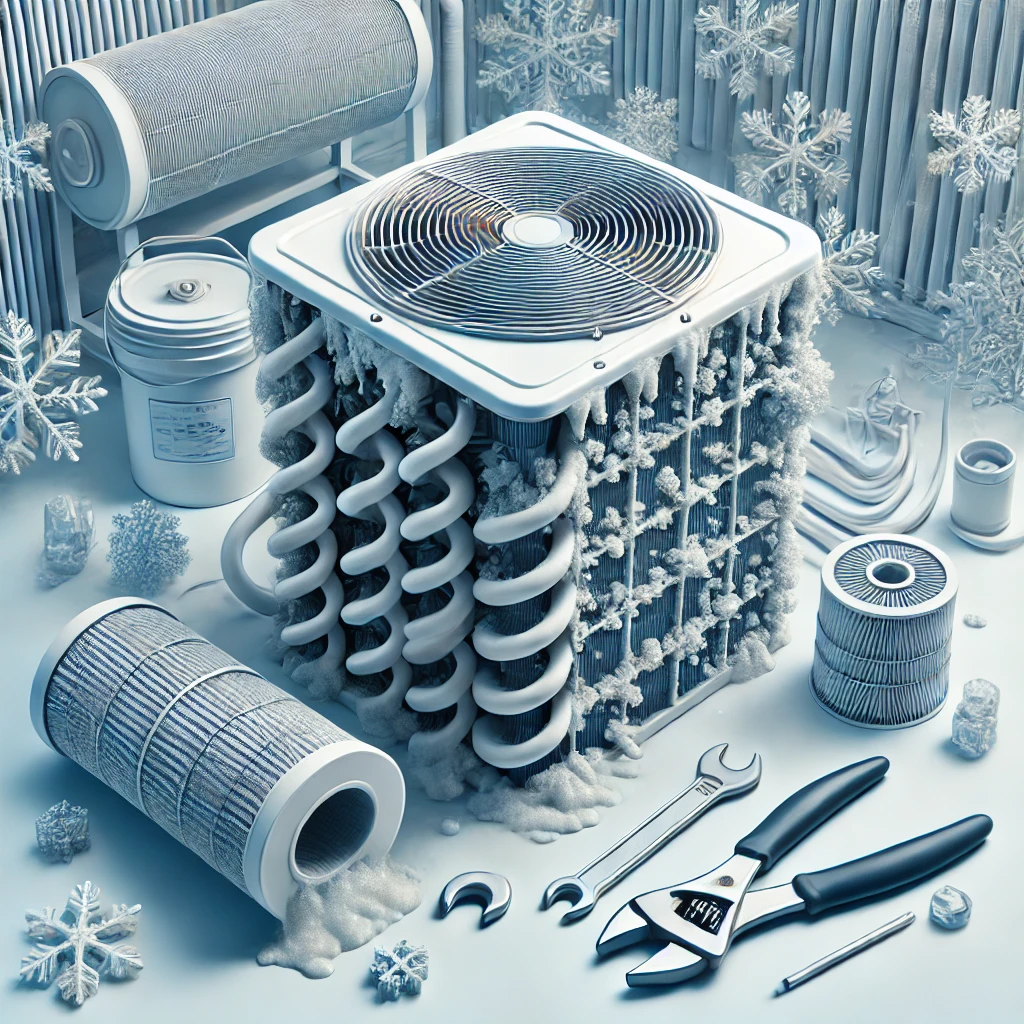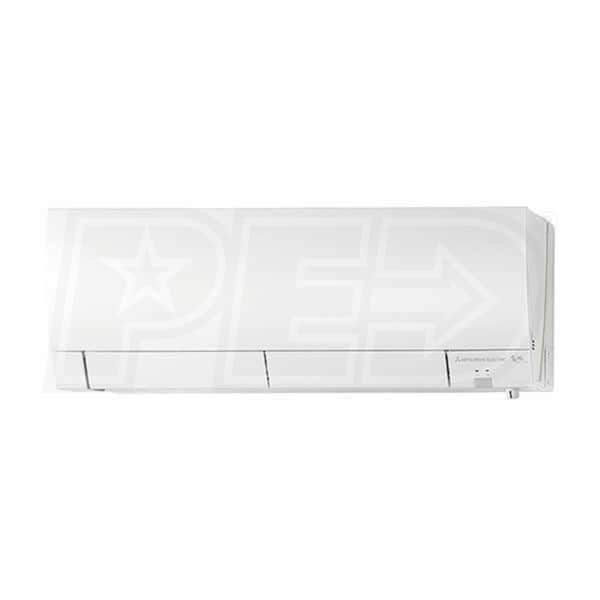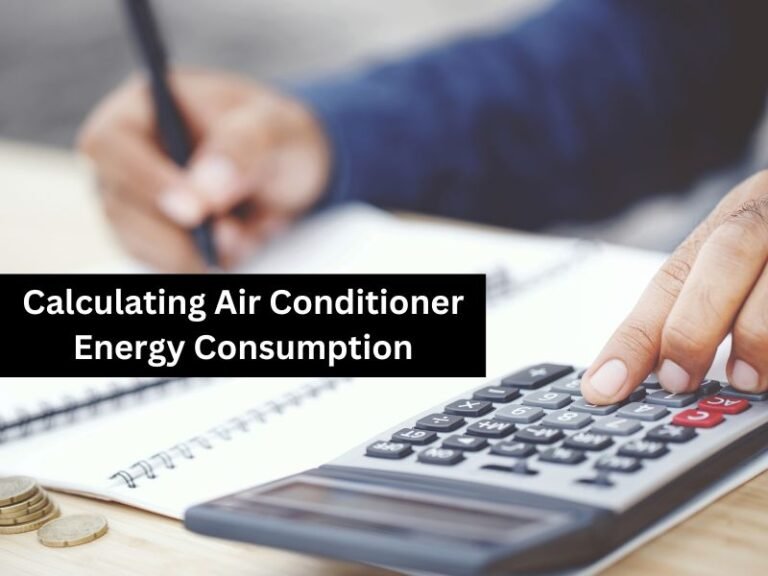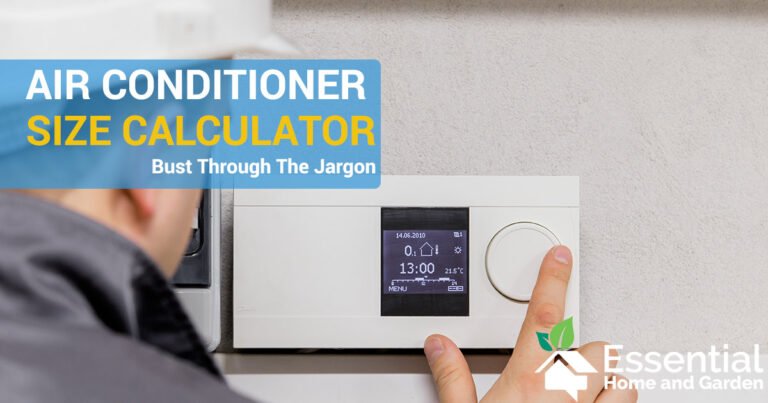How to Quickly Fix a Frozen Evaporator Coil: Expert Tips
“Quick Solutions for Fix a Frozen Evaporator Coil”
A frozen evaporator coil is a common issue in air conditioning systems that can significantly impact efficiency and performance. Fixing this problem is essential to ensure proper cooling and prevent further damage to the system. By addressing the causes and solutions for a frozen coil, you can maintain a comfortable indoor environment and avoid unnecessary repairs or replacements.
To Fix a Frozen Evaporator Coil:
- Turn Off the Air Conditioning System
- Allow the coil to thaw by shutting down the AC unit.
- Check for Airflow Issues
- Inspect air filters for clogs or dirt.
- Clean or replace filters as needed.
- Ensure there are no obstructions blocking airflow.
- Understand the Importance of Fixing the Issue
- Ensures optimal cooling performance.
- Prevents further system damage.
- Benefits of Resolving the Problem
- Maintains indoor comfort.
- Avoids unnecessary and costly repairs or replacements.
Signs Of A Frozen Evaporator Coil
Is your air conditioner not performing optimally? Limited airflow from vents, poor cooling performance, and ice buildup on the evaporator coil are common signs of a frozen evaporator coil.
Limited airflow occurs when the coil is blocked by ice, preventing the air conditioner from effectively circulating cooled air into the room. As a result, you may notice weak or restricted airflow coming from the vents.
Another indication of a frozen evaporator coil is poor cooling performance. The coil’s function is to absorb heat from the indoor air, but when it freezes, it can’t effectively cool the air. This can lead to warm or insufficiently cool temperatures throughout your space.
Additionally, the formation of ice on the coil itself is a clear sign of a problem. Ice buildup restricts the airflow further and can cause the system to breakdown completely if left unchecked.
If you notice any of these signs, it’s important to address the issue promptly to prevent further damage to your air conditioning system. Consult with a professional technician to properly diagnose and fix the frozen evaporator coil.
Causes Of A Frozen Evaporator Coil
Dirty air filters can cause the evaporator coil to freeze. Regularly cleaning or replacing these filters is important to prevent blockages and ensure proper airflow. Low refrigerant levels can also result in a frozen evaporator coil. This can happen due to leaks or inadequate initial charging. It’s essential to check for and fix any leaks before recharging the system. A faulty blower fan can contribute to coil freezing as well. A malfunctioning fan prevents proper airflow, leading to condensation buildup and eventual freezing. Repairing or replacing the blower fan will resolve the issue. Thermostat issues like faulty temperature sensors or inaccurate settings can disrupt the cooling cycle and lead to coil freezing. Calibrating or replacing the thermostat can rectify this problem. Regular maintenance and ensuring proper airflow are key to avoiding a frozen evaporator coil.
Step 1: Turn Off The Ac System
Points:
- Turn Off the AC System:
- Shut off the thermostat to stop the cooling process and prevent further damage to the unit.
- Cut power to the air conditioner by either:
- Flipping the switch on the condenser.
- Shutting off the circuit breaker supplying power to the unit.
- Ensure Safety:
- Turning off the AC system is crucial to avoid potential electrical hazards while addressing the frozen evaporator coil.
- Understand Limitations:
- Note that simply turning off the system is not enough to fully resolve the issue.
- Additional steps are required to thaw the coil and restore the AC’s functionality effectively.
Step 2: Check And Replace Dirty Air Filters
Step 2: Check and Replace Dirty Air Filters
When it comes to maintaining your HVAC system, it is crucial to regularly check and replace dirty air filters. The air filter plays a vital role in keeping the evaporator coil clean and efficient. Here’s how you can locate and clean or replace your air filters:
|
Locate the air filter: |
Check your HVAC unit for the location of the air filter. It is usually located near the return air duct or the blower compartment. |
|
Determine the filter type: |
Identify whether your air filter is disposable or reusable. Disposable filters are made of fiberglass and need to be replaced, while reusable filters are made of washable materials. |
|
Clean or replace the filter accordingly: |
If your air filter is reusable, carefully remove it and clean it with mild soap and water. Let it dry completely before placing it back. If it is disposable, remove the old filter and replace it with a new one of the same size and type. |
Regularly cleaning or replacing your air filters will prevent dirt buildup on the evaporator coil, ensuring efficient cooling and reducing the risk of a frozen evaporator coil.
https://www.youtube.com/watch?v=-33wjzNxgSw
Step 3: Thaw The Coil
Thawing the frozen evaporator coil is an important step in fixing the issue. One way to thaw the coil is by turning on the fan mode. By operating the fan, you can circulate warm air and help the ice melt. It is generally recommended to let the coil defrost naturally, which may take a few hours. However, if you need a quicker solution, you can use a hairdryer on low heat. Keep the hair dryer several inches away from the coil to prevent any damage. Be sure to move the hairdryer in a sweeping motion to evenly distribute the warm air. Once the ice has completely thawed, you can proceed with the next steps to fix the frozen evaporator coil.
Step 4: Inspect The Condensate Drain Line
Inspecting the condensate drain line is an essential step in fixing a frozen evaporator coil. To find the drain line, check near the indoor air handler unit. Look for a PVC pipe that is connected to the unit and leads to the outside. Once you locate the drain line, remove any blockages or debris that could be causing a clog. This can be done by using a wet/dry vacuum or by using a wire brush to clean the inside of the drain line. After clearing any obstructions, it’s important to test the drain by pouring water through it. This will help ensure that the line is clear and functioning properly. If the water drains easily, then the blockage has been successfully cleared. If not, you may need to repeat the process or seek professional help.
Step 5: Check The Refrigerant Levels
To fix a frozen evaporator coil, it is crucial to check the refrigerant levels. This step is best carried out by hiring a professional technician who has the expertise to conduct a thorough refrigerant level check. If the technician determines that the refrigerant levels are low, they will proceed to add refrigerant to the system as necessary. It is important to note that attempting to check or add refrigerant without proper knowledge and training can lead to complications and further damage to the cooling system. By engaging a qualified professional, you can ensure that the refrigerant levels are accurately assessed and restored, helping to prevent future issues with a frozen evaporator coil.
Step 6: Ensure Proper Airflow
Ensure all vents are open and unobstructed: When experiencing a frozen evaporator coil, it is crucial to ensure that all vents throughout your HVAC system are open and free from any obstructions. Restricted airflow can contribute to the coil freezing up, so make sure that there are no furniture, drapes, or any other objects blocking the vents. Additionally, check to see if any vents have accidentally been closed or partially closed, as this can impede the airflow as well.
Inspect the blower fan for issues: The blower fan plays a vital role in pushing air through the HVAC system, so it is important to inspect it for any issues that may be hindering proper airflow. Look for any signs of damage or excessive dirt accumulation on the fan blades and clean them if necessary. A dirty or damaged blower fan can disrupt the airflow, leading to a frozen evaporator coil. Regular maintenance and cleaning of the blower fan can help prevent such issues from occurring.
Step 7: Test The Thermostat
If you suspect that your evaporator coil is frozen, it is important to test the thermostat as part of the troubleshooting process. To do this:
- Set the thermostat to the cool mode.
- Verify that the temperature settings are correctly adjusted.
- If the thermostat is not functioning properly, it may be necessary to replace or recalibrate it.
Regular Hvac Maintenance
Regular HVAC Maintenance
Scheduling annual professional maintenance for your HVAC system is crucial to ensure its proper functioning and prevent issues like a frozen evaporator coil. During regular maintenance, a trained technician will inspect and clean various components of your HVAC system, including the evaporator coil. They will check for any signs of damage or dirt buildup that can impede airflow and lead to freezing.
Clean and maintain air filters regularly
In addition to professional maintenance, regularly cleaning and replacing air filters is an essential part of HVAC upkeep. Dirty air filters restrict airflow, causing the evaporator coil to become colder than necessary, resulting in freeze-ups. Set a schedule to clean or change your air filters every one to three months, depending on the type of filter and your household’s needs.
By taking these proactive measures, you can prevent a frozen evaporator coil and ensure your HVAC system operates efficiently and effectively, providing optimal comfort for your home.
Keeping The Coils Clean
Keeping the Coils Clean
One of the most important steps in fixing a frozen evaporator coil is to keep the coils clean. This can be achieved by following a few simple guidelines:
- Keep the outdoor unit free from debris: Make sure the outdoor unit is clear of any dirt, leaves, or other debris that can obstruct the airflow. This can be done by regularly inspecting and cleaning the area around the unit.
- Clean indoor and outdoor coils annually: Regularly cleaning the coils will help prevent the accumulation of dirt and dust, which can lead to freezing. Use a soft brush or a vacuum cleaner to remove any buildup.
By following these guidelines, you can help prevent your evaporator coil from freezing and ensure your HVAC system runs efficiently.
Monitoring Refrigerant Levels
Monitoring Refrigerant Levels:
Scheduling regular refrigerant checks is essential to prevent and fix frozen evaporator coil issues. Low refrigerant levels can lead to a drop in cooling efficiency and cause the coil to freeze. When refrigerant levels are low, the system has to work harder to cool the air, leading to increased energy consumption and potential damage to the compressor. It is important to address any leaks or low refrigerant levels promptly to avoid further complications.
Frequently Asked Questions For How To Fix Frozen Evaporator Coil
What Causes An Evaporator Coil To Freeze?
An evaporator coil can freeze due to a dirty air filter, low refrigerant levels, or restricted airflow. When the coil freezes, it cannot absorb heat properly, resulting in poor cooling performance.
How Do I Know If My Evaporator Coil Is Frozen?
If your air conditioner is blowing warm air, has reduced airflow, or you notice frost or ice on the evaporator coil, it is likely frozen. Additionally, you may hear hissing or bubbling sounds coming from the coil.
What Should I Do If My Evaporator Coil Freezes?
To fix a frozen evaporator coil, turn off the air conditioner and let it thaw naturally. Check and replace the air filter if dirty, and ensure proper airflow by opening all vents. If the issue persists, consult a professional HVAC technician to diagnose and repair any underlying problems.
Can I Fix A Frozen Evaporator Coil On My Own?
While you can thaw a frozen evaporator coil on your own, it is essential to address the underlying issue causing the freeze. Attempting to fix it yourself without proper knowledge can result in further damage. It is best to consult an HVAC professional for an accurate diagnosis and appropriate repair.
Conclusion
A frozen evaporator coil in your HVAC system can cause a variety of issues, including reduced cooling efficiency and potential damage to the unit. By following the steps outlined in this blog post, you can effectively troubleshoot and fix this problem.
Remember to check for airflow restrictions, clean the coil, and ensure proper refrigerant levels. Regular maintenance and inspection are crucial in preventing future coil freezes. By taking these preventative measures, you can maintain the optimal performance and longevity of your HVAC system.








The next time I read a blog, I hope that it doesnt disappoint me as much as this one. I mean, I know it was my choice to read, but I actually thought youd have something interesting to say. All I hear is a bunch of whining about something that you could fix if you werent too busy looking for attention.